
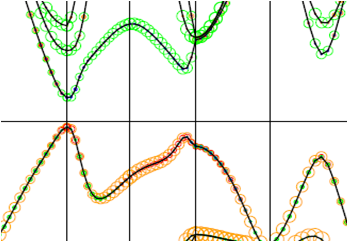
SEPTEMBER 10, 2018 — By combing with the high pressure and high temperature synthesis as well as density functional theory and evolutionary algorithms calculation, scientists from HPSTAR and The University of Hong Kong explored the pressure-induced phase transitions of GeSe systemically. Two novel phases (R3m and Fm3m) are discovered which show robust ferroelectricity and a 3D topological...
2018-12-12

DECEMBER 06. 2018 — 北京高压科学研究中心束今赋研究员与广州地球化学研究所陈鸣研究员带领的团队通过对我国的第一个陨石坑—岫岩陨石坑中岩石和矿物的冲击变质效应分析,发现了一种新矿物——一种超尖晶石结构的MgFe2O4相。这个新发现的天然矿物具有重大科学意义,为此该团队用享誉世界、国际高温高压领军人物、美藉华裔科学家毛河光院士命名。该重要高压新矿物已获得国际矿物学协会(IMA)新矿物命名及分类委员会(CNMNC)投票通过,正式获得...
2018-12-06
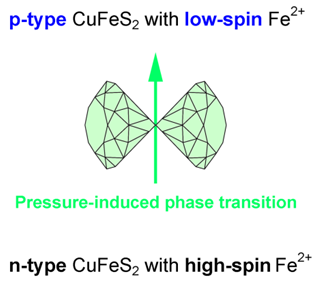
NOVEMBER 29, 2018 — A new work from a group of scientists co-led by Drs. Ting Wen, Wenge Yang and Yonggang Wang of HPSTAR reported a pressure-driven reversible switching between n- and p-type conduction in chalcopyrite CuFeS2. The successful realization of an abrupt conduction type switch in transition metal semiconductors under high pressure paves the way to novel pressure-responsive switching...
2018-11-29
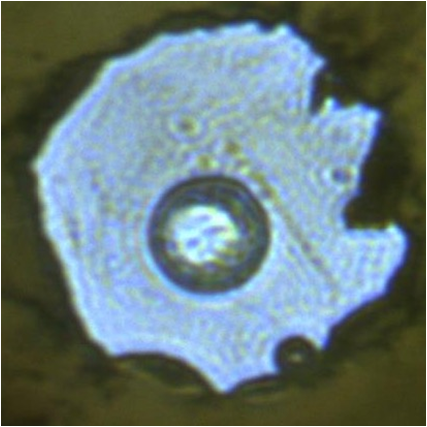
NOVEMBER 13, 2018 — Extreme conditions are very common in the universe, from the cold vacuum of deep space to the elevated temperatures and pressures within planets. The gas-giant planets, Jupiter and Saturn, consist primarily of hydrogen and helium, whilst the nitrogen-hydrogen bonded compound ammonia, is abundant on Saturns icy moons, Titan and Enceladus.
2018-11-13

NOVEMBER 12, 2018 — Although one might think that nitrogen, the primary constituent of the air which we breathe, is simple, it exhibits rich polymorphism across a wide range of extreme pressures and temperatures. Here a research team including HPSTAR members Jack Binns, Ross Howie and Eugene Gregoryanz, were able to experimentally resolve one of the most elusive forms of this model system, the...
2018-11-12
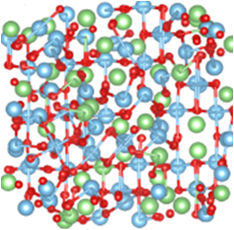
NOVEMBER 9, 2018 — New work from a team of scientists led by Dr. Lin Wang of HPSATR found that high pressure turned so called zero-strain anode Li-ion battery (Li4Ti5O12 or LTO) to amorphous and made its electrical conductivity largely improved. This study offers a new method for improving the conductivity of lithium-ion batteries using high-pressure technique. The work is published in recent...
2018-11-09
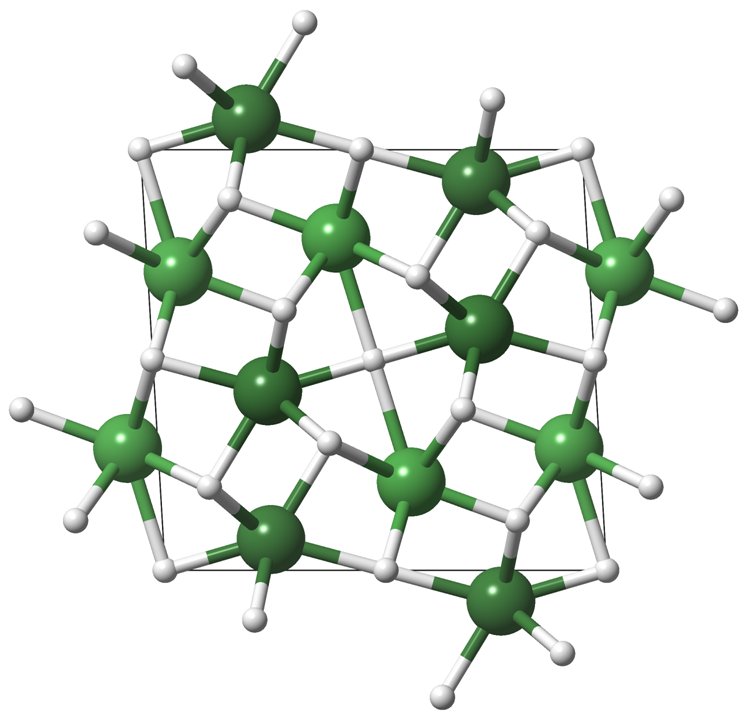
OCTOBER 11, 2018 — Combining high pressures and temperatures can lead to the formation of unusual new compounds. A new study by a group of HPSTAR scientists applies this method to the search for new transition metal hydrides, finding the first nickel polyhydride Ni2H3. This study was published as a Rapid Communication in Physical Review B.
2018-11-01

SEPTEMBER 27, 2018 — New work from a team of scientists led by Dr. Ling Wang from HPSTAR and Prof. Yanming Ma of Jinlin University predicted new compounds in the Bi-S system and experimentally synthesized the predicted BiS2 compound under high pressure and temperature conditions. Their further electronic calculations indicate that this new found BiS2 is a a promising semi-metallic material. This...
2018-09-27
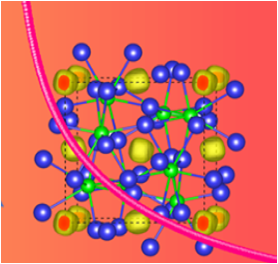
SEPTEMBER 4, 2018 — New work from a team led by Dr. Huiyang Gou from HPSTAR reveals the metal-to-semiconductor transition in compressed Ca2N a two-dimensional (2D) electride as found in sodium. This work is published in Advanced Science.
2018-09-04
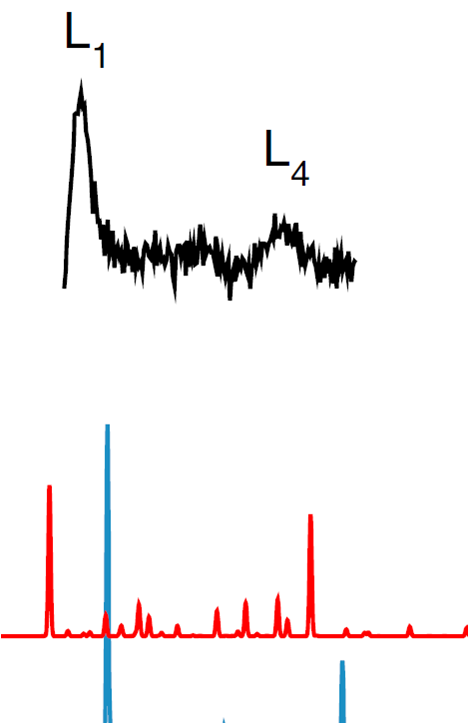
JUNE 18, 2018 — A new study from a team of scientists, which comprised of HPSTAR’s Philip Dalladay-Simpson and Ross T. Howie, proposed a promising candidate crystal structure for their recently discovered phase of hydrogen, phase V. Most poignantly the work, which was recently published Physical Review Letters, provides further evidence that phase V is indeed a stepping stone towards hydrogen’s ...
2018-08-22
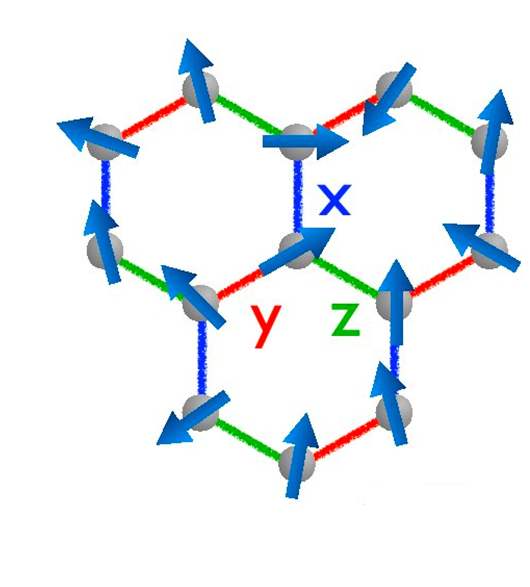
AUGUST 17, 2018 — New work from a team of scientists including Dr. Yang Ding from HPSTAR confirm that Kitaev-quantum-spin candidate material, a-Li2IrO3 will lose its exotic quantum state under compression instead of becoming predicted Kitaev spin liquid from multiple in-situ characterizations combined with theoretical calculations. This work is published in recent NPJ Quantum Materials.
2018-08-17

JULY 26, 2018 — The phenomenon of metastability, in which a system is in a state that is stable but not at the lowest energy, is obtained most-commonly through fast cooling from high temperature. Now, a team of scientists co-led by Dr. Gang Liu from HPSTAR report attainable metastable states in 2D solar perovskites from compression-decompression paths. The metastable phases show much superior...
2018-07-26

JULY 19, 2018 — New report from a team of scientists led by Dr. Duck Young Kim from HPSTAR, found that their recently synthesized silicon allotrope, namely Si24, with nanoscale porous structure showed extremely favorable thermoelectric properties with slightly doping, comparing with normal silicon. This work is published in recent Nano Letters.
2018-07-19

JULY 14, 2018 — New work from a group of scientists led by Dr. Yang Ding of HPSTAR, provided the first experimental evidence of lattice inhomogeneity in high-temperature superconductors and found that the structural inhomogeneity correlates well with superconductivity in single-crystal Bi-2212—bismuth-based cuprate (Bi2Sr2CaCu2O8+δ) at high pressure. This study is published in the Journal of...
2018-07-16
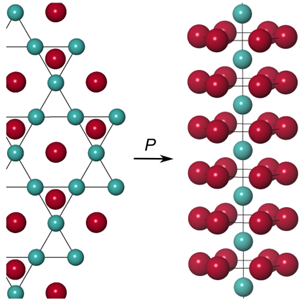
JUNE 6, 2018 — High pressure can profoundly affect electronic structure and reactivity, creating compounds between elements that do not react at ambient conditions. Lithium is known to react with gold and silver, however no copper compounds are known to date. New study by a group of HPSTAR scientists reports that by compressing mixtures of the elements in diamond-anvil cells, compounds of lithium ...
2018-06-06

MARCH 31, 2018 — Through high-pressure experiment studies on bridgmanite, the most abundant mineral in the Earth’s mantle, a group of scientists include Dr. Yonggang Wang of HPSTAR, determined the influence of spin state and valence state of Fe on bridgmanite density, bulk sound velocity, and electrical conductivity. Based on their high-pressure experimental data on Fe3+-only bridgmanite together ...
2018-05-29

MAY 16, 2018 — After continuous insistence on the pressure-driven spin-crossover in transition metal chalcogenides, a group of scientists co-led by Dr. Wenge Yang and Dr. Yonggang Wang of HPSTAR, firstly observed the emergence of superconductivity in Fe-based honeycomb lattice under compression. Before this, all the iron-based high-Tc superconductors structurally adopt FeSe-type square Fe lattice....
2018-05-16
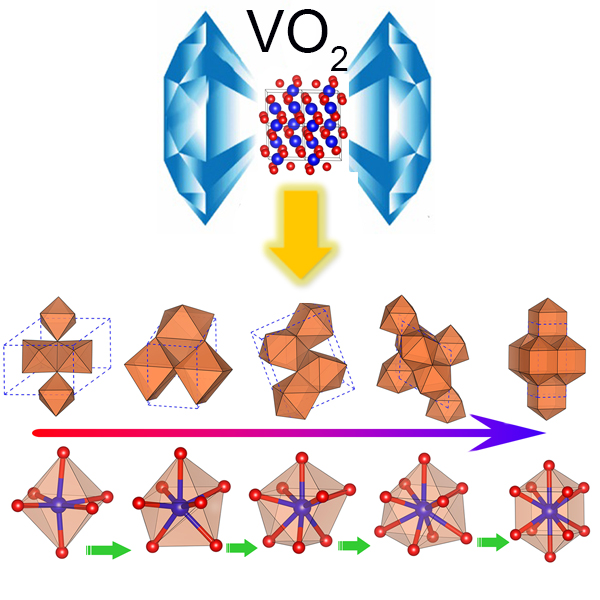
APRIL 28, 2018 — Pressure-induced phase transition always involves symmetry and coordination change in a crystal. While researchers most focus on symmetry change instead of considering its coordination or local bonding varying when a crystal structure changed. A team of scientists led by Dr. Haozhe Liu of HPSTAR find a general coordination increase in VO2 phase transitions and state that this...
2018-04-28
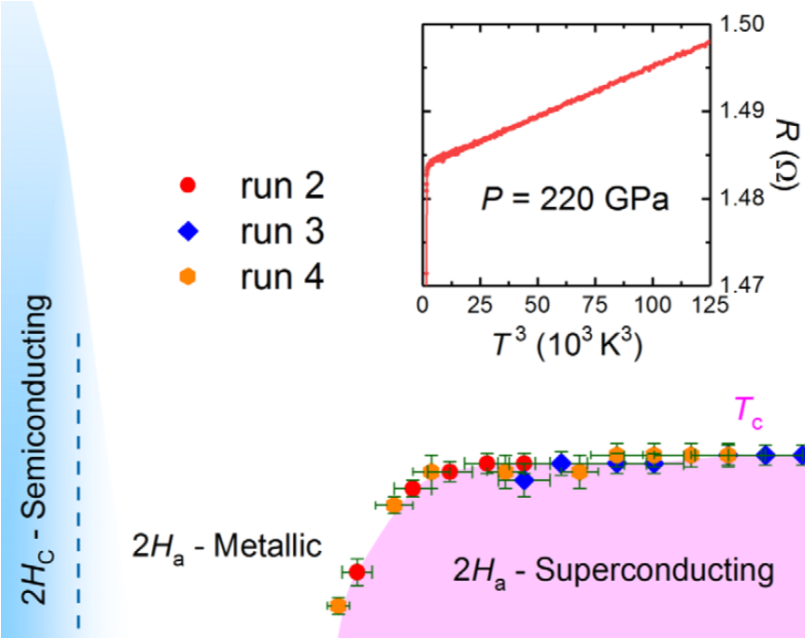
JANUARY 31, 2018 — Superconductivity is a physical state occurring in certain materials, called superconductors, in which electrical resistance disappears completely when cooled below a characteristic critical temperature. This phenomenon can be induced under chemical and high external pressure conditions. New work from a team including Dr. Jinglong Zhu of HPSTAR found superconducting MoS2 under...
2018-04-25
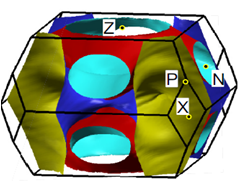
APRIL19, 2018 — The compound BaPd2As2 represents the end member of the Pd-doped series and exists in the form of two types of crystal structures: ThCr2Si2-structure type (I4/mmm) and CeMg2Si2-structure type (P4/mmm). The former structure has bulk superconductivity, while in the latter structure only filamentary superconductivity was observed below 2 K. This shows that the crystal structure has a...
2018-04-20